What the new breakdown rules mean for the defence (part 2)
In the second part of the article, we will look at what the new emphasis at the tackle area means for the defence. This is if anything even more important than it is for the attack, based on the stats from the second weekend of Super Rugby Aotearoa.
Of the 35 penalties awarded at the breakdown in week 2 of SRA, 57% were given against the defensive side.
The key trigger for the referee according to ex-international referee Bryce Lawrence, is observing the action of the tackler after a tackle has been made:
“Tacklers must roll east to west and not impede the attacker’s ability to clean out. If they fall between the ball and the attack, they take all the responsibility to get out. If they can’t they will be penalized.
To reward a jackler (ball steal on the ground) the tackler must not impede the cleanout. Dealing with the tackler is first priority.”
The two games from the second weekend of SRA (Chiefs against the Blues and Hurricanes versus the Crusaders) illustrated some of the problems for the tackler in situations where their movements are being policed so strictly:
In this example from the Hurricanes game, there really is nowhere for the tackler to turn. The ball-carrier rides straight over the top of him and he is immediately trapped on his back with two sets of legs above him:
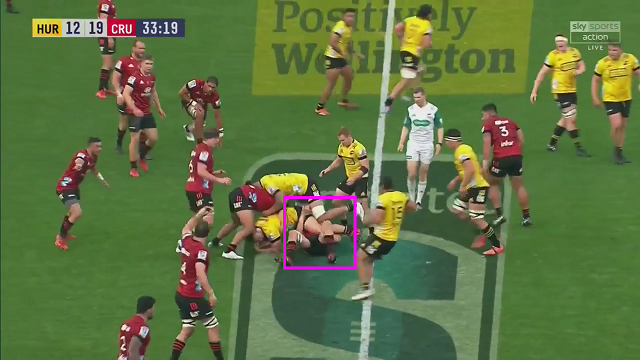
Technically he is impeding the cleanout, but he has no chance to extricate himself from the situation.
Here is another instance, which demonstrates how the attacking scrum-half can also influence the perception of the referee as he approaches the ruck:
The tackler (Crusaders number 10 Richie Mo’unga) is trying to roll out east-west as the law now requires, but gets trapped by the approach line of Hurricanes number 9 T.J. Perenara to the ruck. Perenara has to take a step over Mo’unga, and that is enough to earn the penalty award.
There was an echo of this tendency in the Hurricanes game against the Blues in the previous week:
The tackler (Blues number 12 T.J. Faiane) does everything he can to roll out east-west. But fatally, he gets caught up in Perenara’s approach line from the inside of the previous play. It is hard to see what else he could have done to move away from the point of contact more quickly.
The theme of some very narrow margins for the tackler extended to ‘choke’ tackles which start above ground:
The tackler (Crusaders number 13 Braydon Ennor) has successfully held up the ball-carrier (Hurricanes full-back Chase Tiatia) and exposed the ball to a steal by Jack Goodhue:
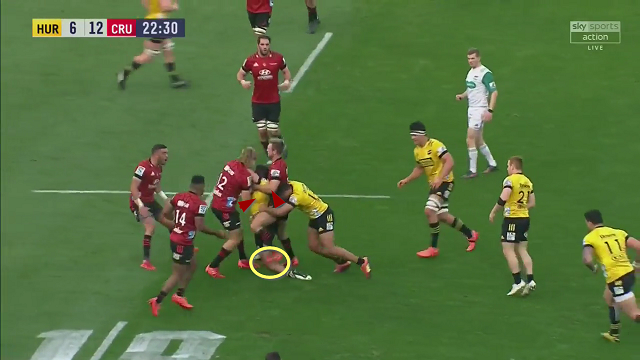
All the aces are in the hands of the defence in this situation. Tiatia is in a poor body position and cannot defend himself against the strip by Goodhue in a two-on-one scenario. But because he has cleverly trailed his knee along the ground, the referee calls for tackler release and penalizes Ennor. Again, it is a hair-line decision which rewards the new technical emphasis on tackler activity, rather than the dynamic of the play itself.
Another example from the same game provides a similar split-second interpretation which works in favour of the attack:
The Hurricanes achieve a two-on-one in the tackle and dominate the defensive collision, and number 12 Ngani Laumape strips the ball as the Crusaders ball-carrier slips to ground. It is not entirely clear whether the ball comes loose before or after Whetu Douglas’ knee hits the ground, but the tackler is penalised nonetheless.
The new issues for the tackler are amply demonstrated, both on the ground and above it. Somehow, he has to avoid getting trapped on the deck by the first cleanout player or the arriving 9 and roll out towards the side-line.
On choke tackles, he has to release his grip as soon as there is any hint of an attacking knee hitting the floor – even if he has a physical advantage over the ball-carrier at the time.
With a narrower time-window for the tackle to unfold under the new rules, these decisions are instantaneous and the triggers for the referee are hair-line. The ball-carrier, the tackler and the first cleanout player all have to be picture-perfect, and consistently so, in order to avoid a shrill blast on the whistle.
So far, more penalties in contact, fewer multi-phase attacks and more kicking have been the order of the day. Let us see what improvement round 3 of Super Rugby Aotearoa, and the impending start of Super Rugby Australia on July 3, brings.
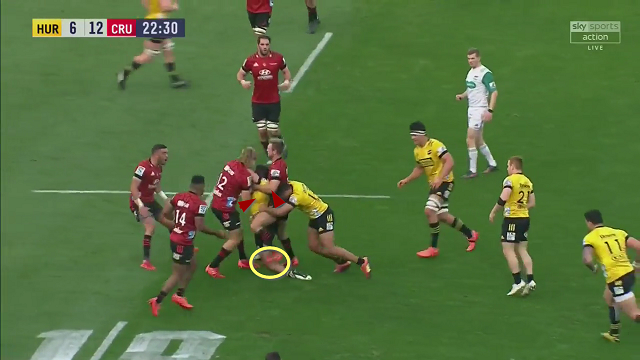


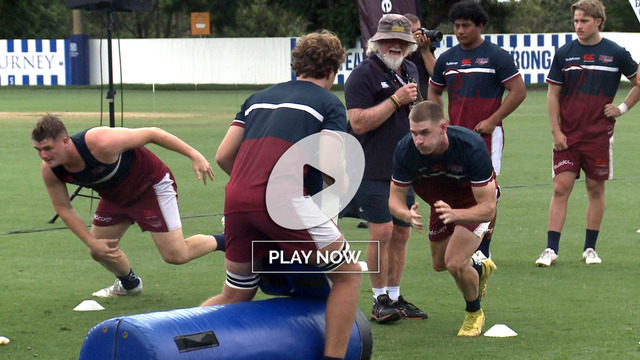
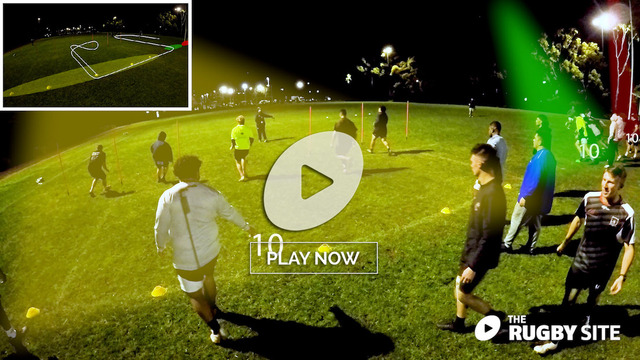

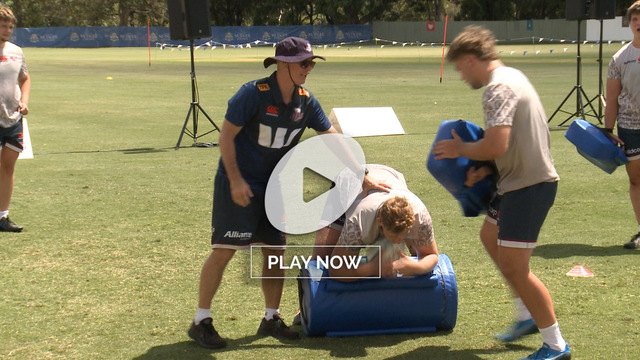
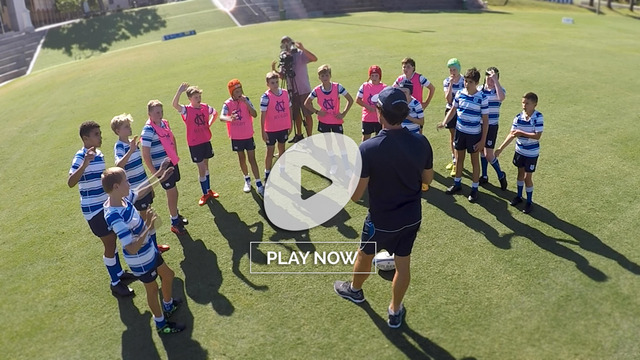

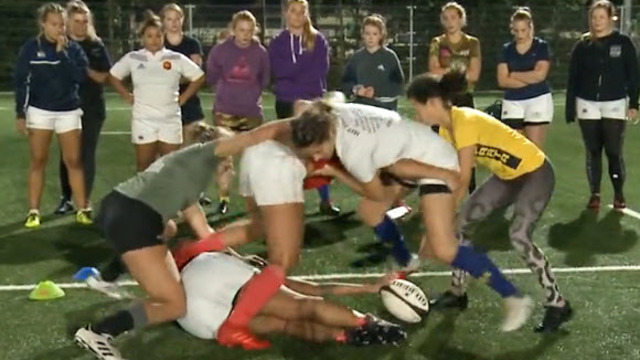

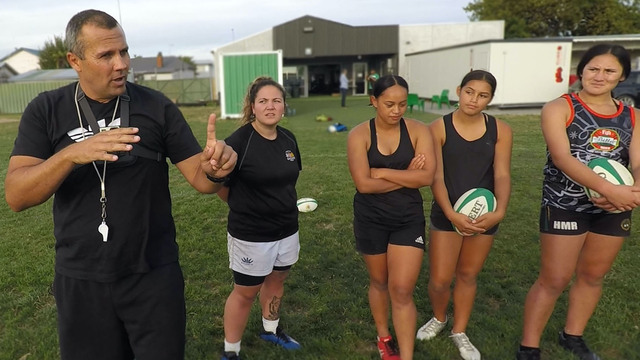

.jpg)
.jpg)
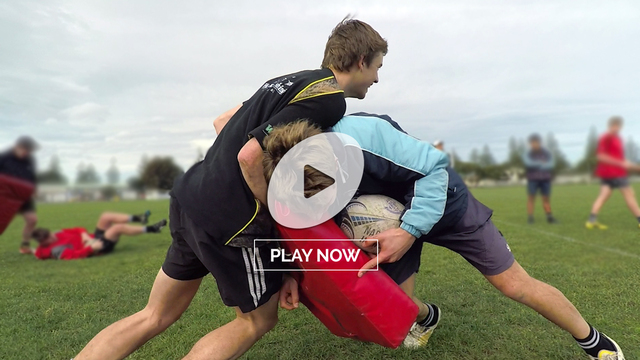
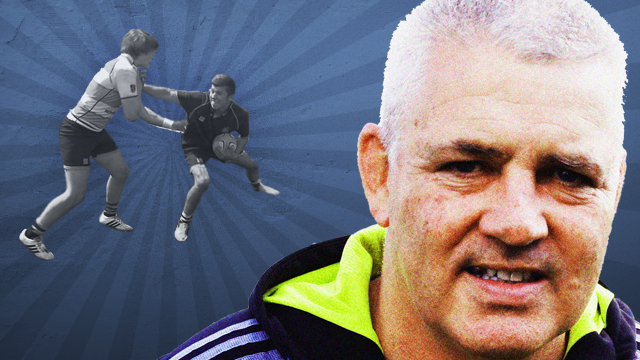
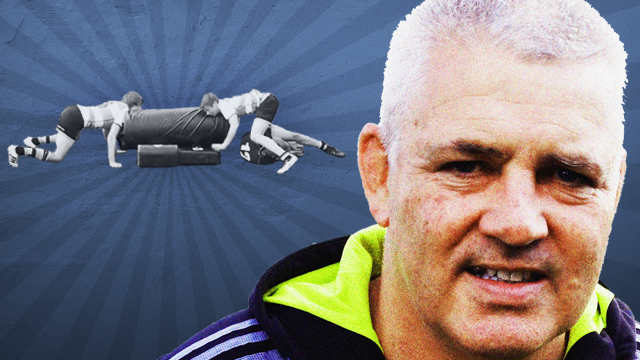

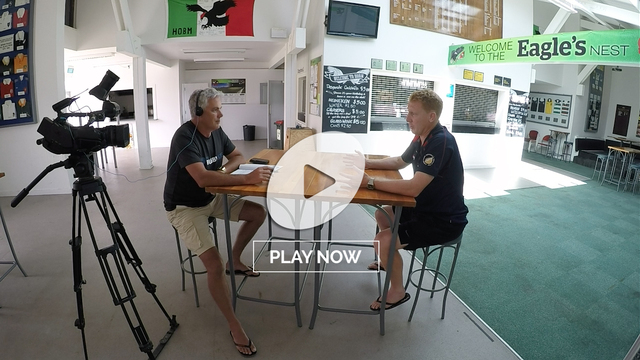
_no_button.jpg)

